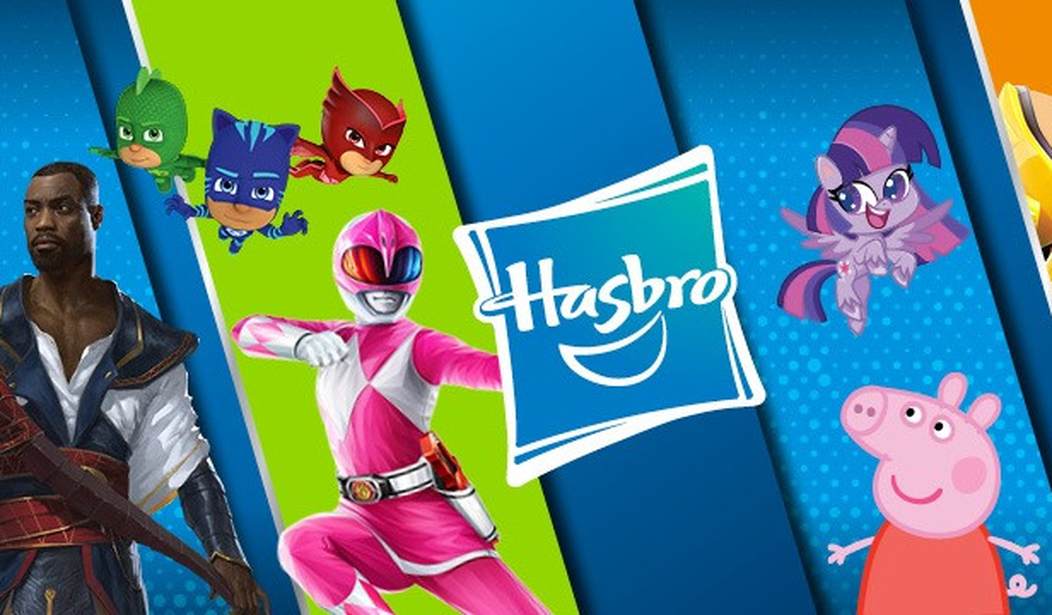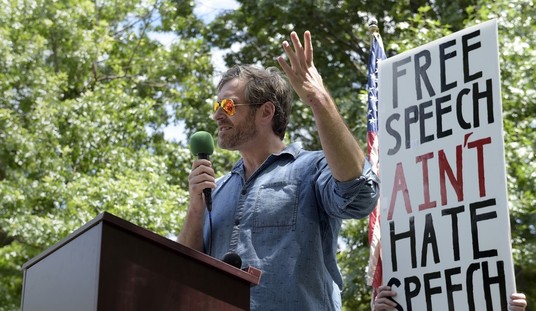Project Veritas published a video featuring a packaging engineer from Hasbro, one of the country’s largest toymakers. It contained some wild claims and cast white children as inherently racist. David Johnson shared internal Hasbro training materials based on critical race theory. The training was mandatory for all employees. The trainers discussed how Hasbro could use product development to infuse anti-racist messages into toys. According to the website of “The Conscious Kid,” the organization that provided the training:
We are an education, research, and policy organization dedicated to equity and promoting healthy racial identity development in youth. We support organizations, families, and educators in taking action to disrupt racism in kids.
The Conscious Kid claims to have worked with other large organizations to target children with anti-racist messaging:
- Google—Curated a list of reading materials and lesson plans to support inclusive, anti-racist K-12 education
- YouTube—Created a storytime playlist to counter anti-blackness and highlight black authors and stories
- Nickelodeon—Provided resources to support conversations about race and racism with children
- East Baton Rouge Parish—Donated thousands of anti-racist books to every school in the parish
Anti-racist messaging is the brainchild of Ibram X. Kendi and requires assigning behaviors, motivations, characteristics, innate abilities, societal roles, and historical guilt on children based solely on their race. Behaving in an “anti-racist” way requires constantly surveying your environment for evidence of racism and acting on it. It is an absurd philosophy to impose on young children.
Related: Here’s How Critical Race Theory Activists Try to Pull The Wool Over America’s Eyes
Yet, during the training for Hasbro, the trainers assigned behaviors to children as young as three months old. Katie Ishizuka, the co-founder of Conscious Kids, stated:
By three to six months, babies are beginning to notice and already express preference by race. There was research that showed by six months infants living in a homogenous or same race neighborhood showed preferences for faces from their own racial groups, whereas infants living in more racially diverse environments did not show that same preference for their own racial group. And this is really important because we see that early exposure to different races is impacting these preferences before babies are even one year old.
Here’s a news flash. To frame an infant’s lack of familiarity with a novel situation as evidence of bias is beyond the pale. Babies also show a preference for the faces of people they know. Studies have shown that this preference does not appear until between six and eight months. None of this is shocking. The idea that it is the root of overt racism is absurd to anyone who is a parent.
Ishizuka goes on to assert to Hasbro employees that children as young as two are already using race to assess people’s behaviors, suggesting that we “may” see this play out in daycare or on the playground as children begin to choose and exclude playmates. Maybe it will put her mind at ease to know that two-year-olds do not engage in cooperative play. Around the age of two, they exhibit spectator behavior and watch others play. Until the age of four, they engage in parallel play and associate play. Children at this age aren’t “excluding” anyone if they play with Hasbro toys alongside or near other children.
Recommended: VICTORY: Biden Caves on Critical Theories Grant After Parents Push Back
Then Ishizuka asserts:
By age three children are already starting to apply stereotypes and research shows that they may also use racist language intentionally at this age. And white children at this age may report explicit or overt negative attitudes towards people of color. So already by age three this can happen.
By age four, kids are showing a strong and consistent pro-white anti-black bias. And at this age, it is seen in the research really significantly against black boys, but this anti-black bias occurs across gender at this age.
At the age of five children show many of the same racial attitudes held by adults. By this age children are really also sensitive to the status of different racial groups in our society and show a high status bias towards white people, which is the socially privileged group in our society.
White children show a pro-white bias at this age. And it’s really important to note also that black and Latinx children do not show the same in-group preference.
This commentary is a complete misstatement of the research. First, the study used measures of implicit bias on children between the ages of five and 12. In the most extensive study of implicit bias of adults, there was no significant correlation between the measure of implicit bias and behavior. Second, the research actually says:
On these implicit measures, children showed no evidence of automatic negativity toward images of Black children, despite demonstrating consistent pro-White versus Black bias on the category-based measure.
“On these measures, only younger White children show racial preferences. This was specifically a positive attitude towards other White children, and not a negative attitude towards Black children.”
The researchers also found that older children, aged 9 to 12, weren’t automatically positive toward other White children, which [Professor Jennifer] Steele says is consistent with other findings suggesting that individual characteristics, such as shared interests, become more important as children get older. Together, the results suggest that positive and negative racial attitudes can follow distinct developmental trajectories.
So as children experience more of the world and form new relationships, they value people as individuals rather than racial group members. Conscious Kids is dishonestly using research about young children to push racial essentialism through school districts, curricula, and children’s entertainment from a young age. As Steele says at the conclusion of her study:
In early childhood what we know is that children tend to be egocentric and socio-centric. They think that they’re great and that other people who are like them are great too. That’s why we recommend using interventions that don’t challenge these beliefs, but instead promote the fact that people from different backgrounds or who look different than them often have a lot in common and they can be great too.
As the whistleblower Johnson pointed out, this is precisely the opposite of what an anti-racist philosophy teaches. Instead, it teaches children about race by classifying children as oppressors and oppressed. The research does say that teaching “color-blindness,” which they define as acting as though different races don’t exist, is not the right approach. Except that is not what it means. It means parents and educators should deemphasize the importance of outward differences and concentrate on the things that matter, like shared interests, experiences, and what makes us each an individual.
Related: Objections to Critical Theories Are Not Merely a ‘Right-Wing’ or ‘White’ Phenomenon
We should teach children to be less conscious of race and more aware of what they have in common. Hopefully, Hasbro, the maker of toys like Transformers and Disney Princesses, will create toys that engage the imaginations of all children so they can play together rather than pushing racial essentialism.
WATCH the full Project Veritas interview with David Johnson:










Join the conversation as a VIP Member